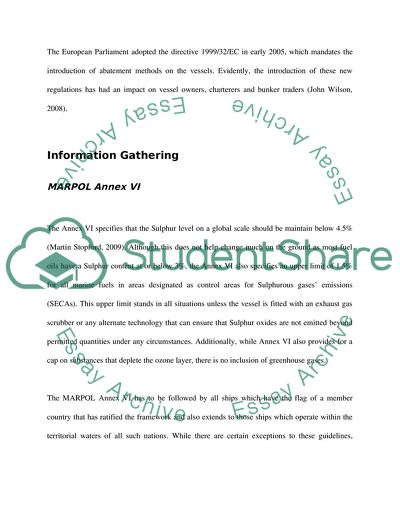Cite this document
(Installation of an Exhaust Gas Scrubber Research Paper - 3, n.d.)
Installation of an Exhaust Gas Scrubber Research Paper - 3. Retrieved from https://studentshare.org/technology/1734510-project-management
Installation of an Exhaust Gas Scrubber Research Paper - 3. Retrieved from https://studentshare.org/technology/1734510-project-management
(Installation of an Exhaust Gas Scrubber Research Paper - 3)
Installation of an Exhaust Gas Scrubber Research Paper - 3. https://studentshare.org/technology/1734510-project-management.
Installation of an Exhaust Gas Scrubber Research Paper - 3. https://studentshare.org/technology/1734510-project-management.
“Installation of an Exhaust Gas Scrubber Research Paper - 3”, n.d. https://studentshare.org/technology/1734510-project-management.


